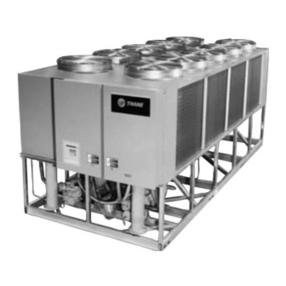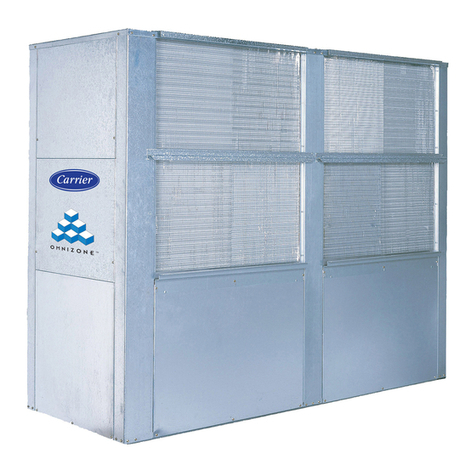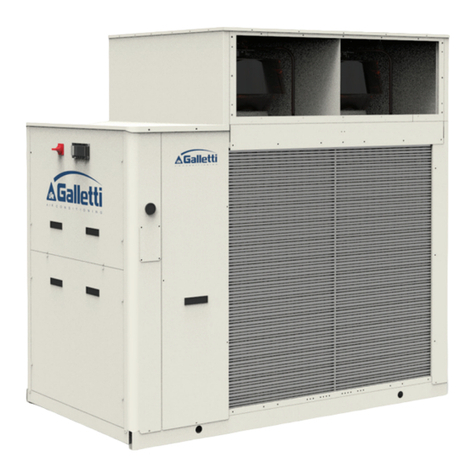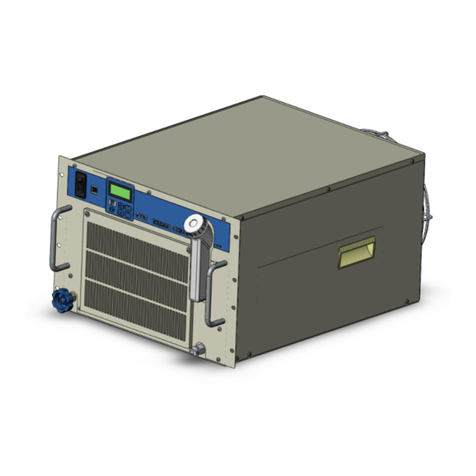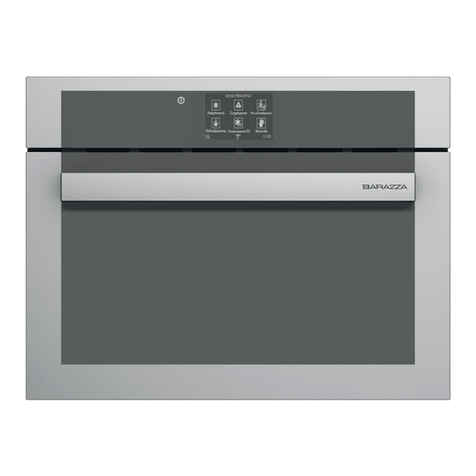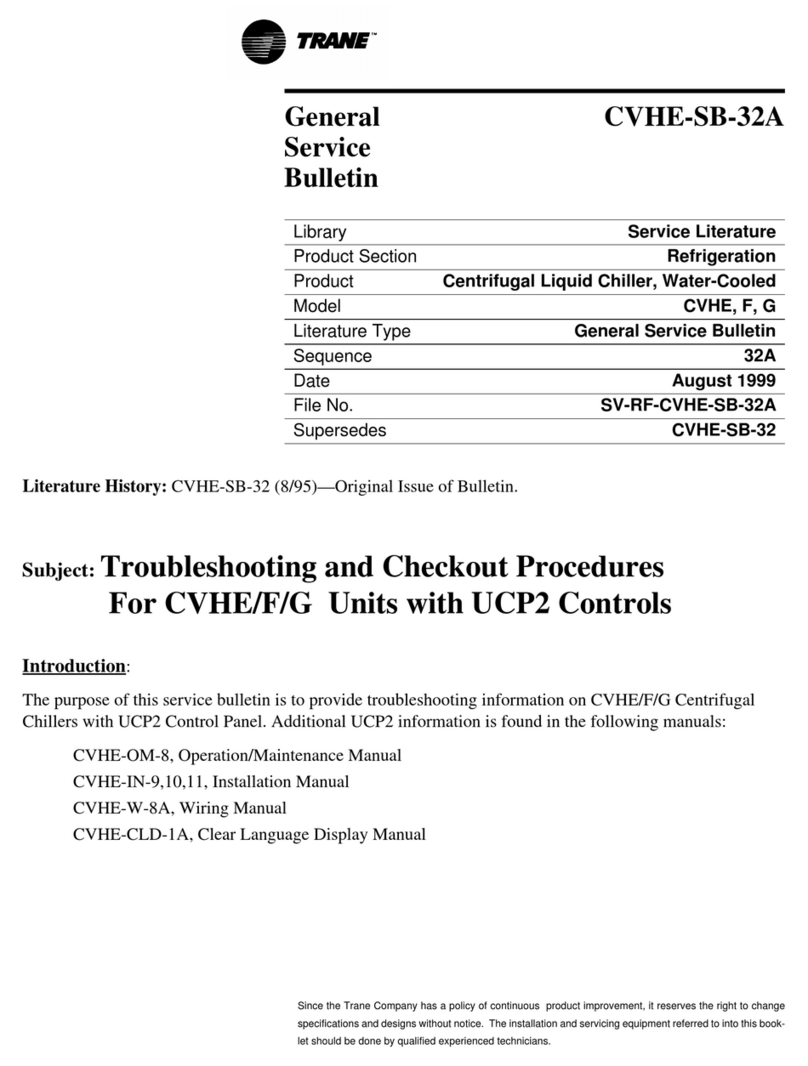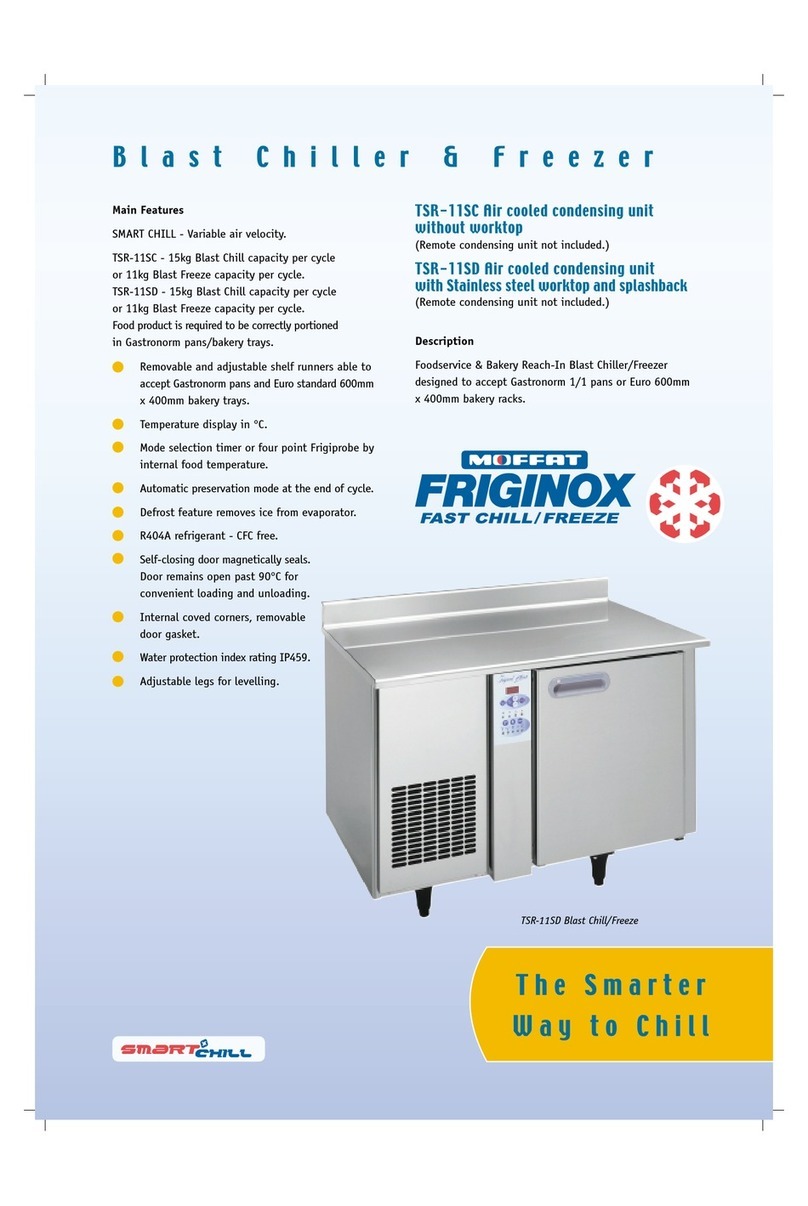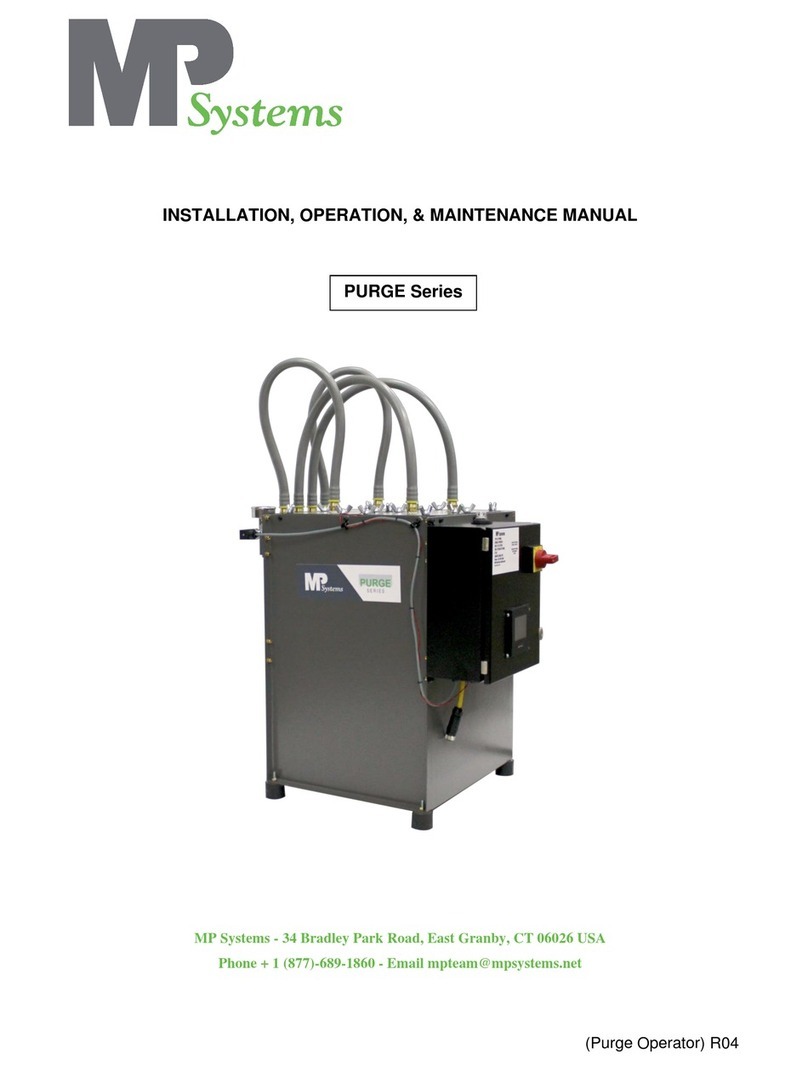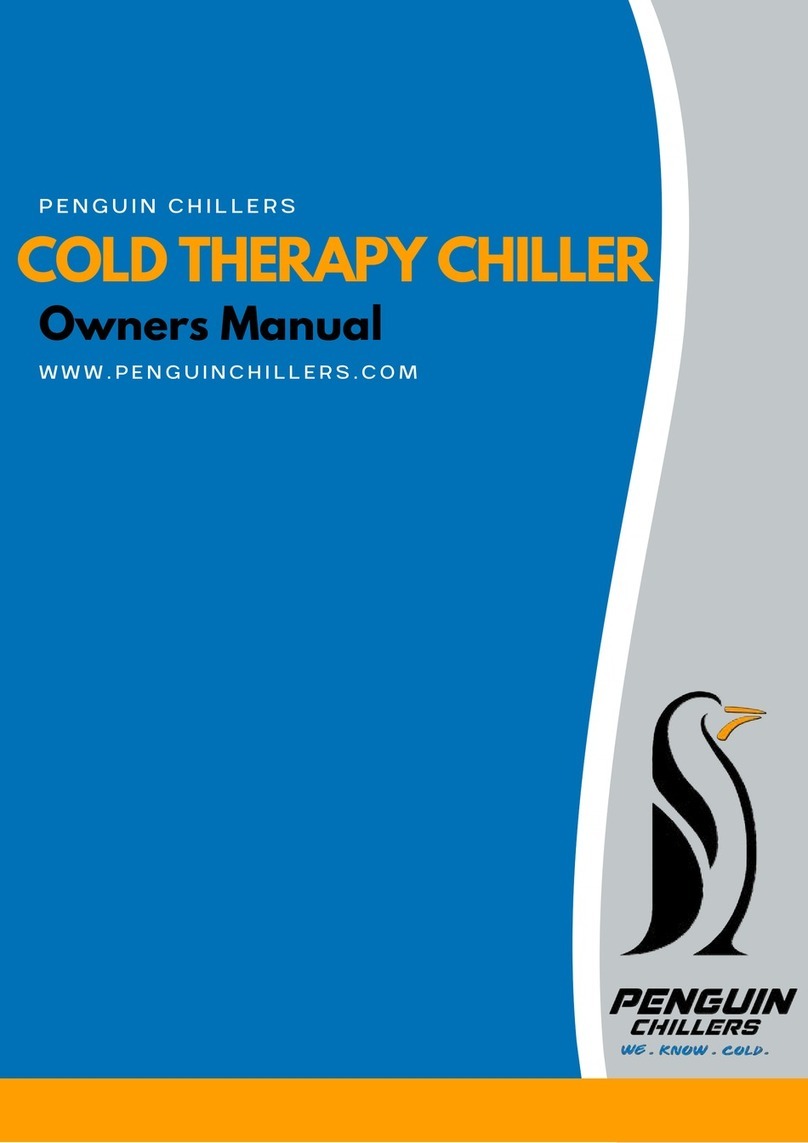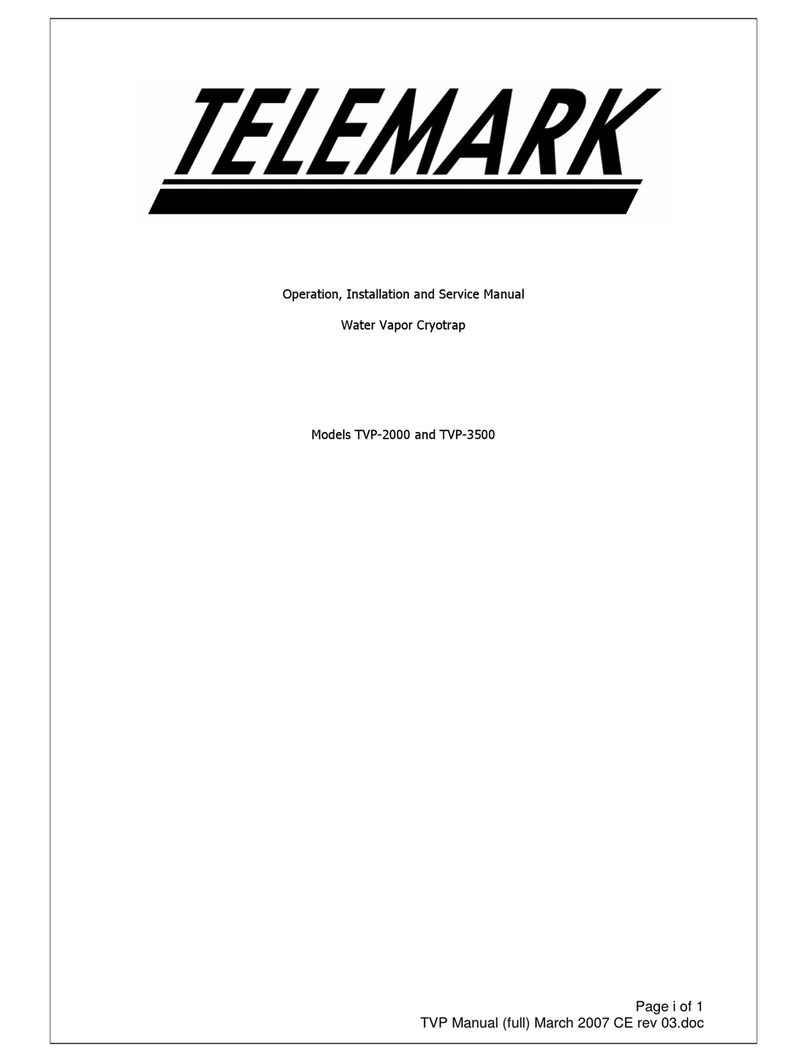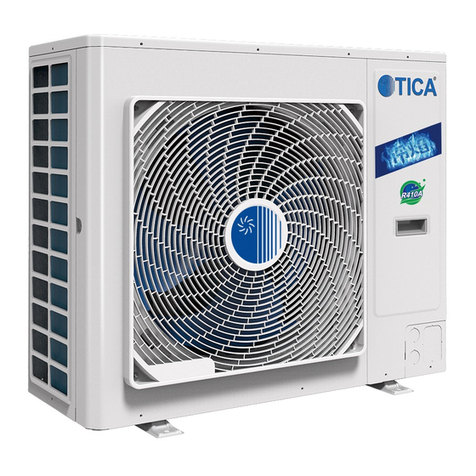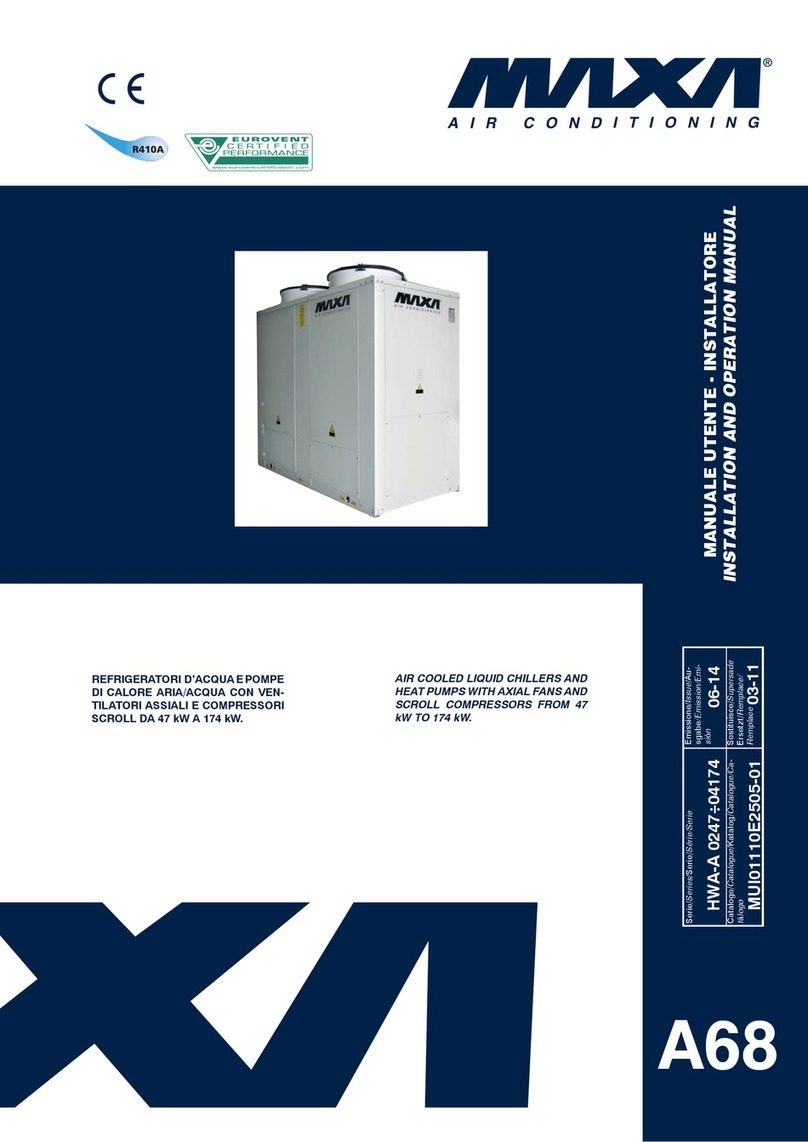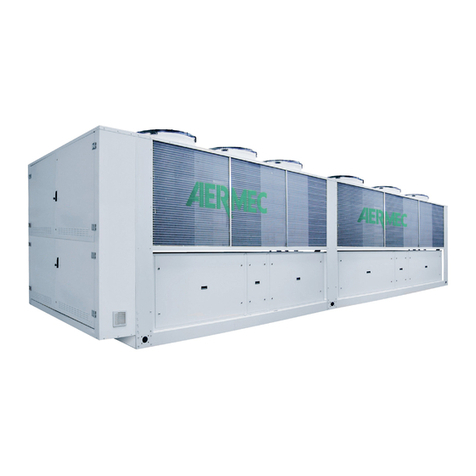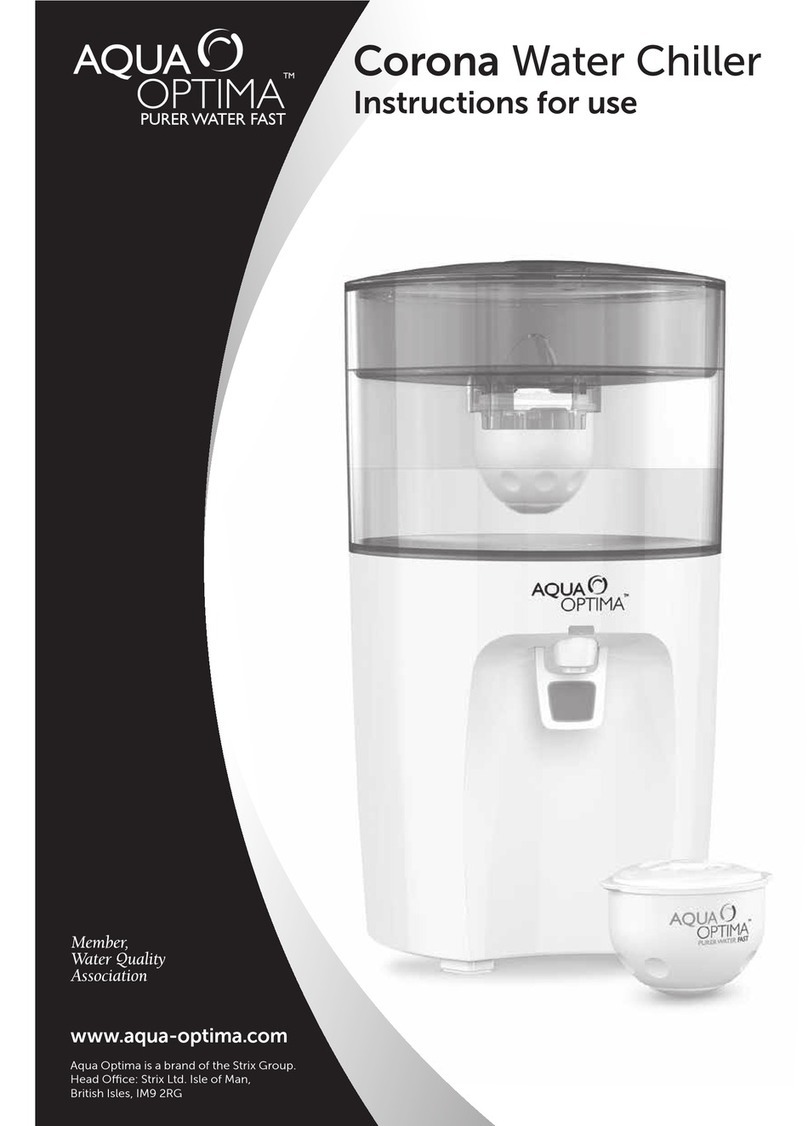6
prevents overloading of house wiring circuits, which could cause a fire hazard from overheated
wires.
•If the wall socket is loose, do not insert the power plug. There is a risk of electric shock or fire.
•Do not use a power cord that has cracks or abrasion damage along its length or at either end.
•Do not bend the power cord excessively or place heavy objects on it.
•Do not pull or excessively bend the power cord.
•Do not twist or tie the power cord.
•Do not hook the power cord over a metal object, place a heavy object on the power cord, insert
the power cord between objects, or push the power cord into the space behind the appliance.
•When moving the appliance, be careful not to roll over or damage the power cord. This may result
in an electric shock or fire.
•Never unplug your appliance by pulling on the power cord. Always grip the plug firmly and pull
straight out from the outlet. Damage to the cord may cause a short-circuit, fire, and/or electric
shock.
•Do not store explosive substances such as aerosol cans with a flammable propellant in this
appliance.
•Do not install this appliance near a heater or inflammable material.
•Do not install this appliance in a location where gas may leak. This may result in an electric shock
or fire.
•This appliance must be properly located and installed in accordance with the instructions in this
manual before you use it.
•Make sure that the power plug is not crushed or damaged by the back of the appliance.
•Keep the packing materials out of reach of children. There is a risk of death from suffocation if a
child puts the packing materials on his or her head.
•The appliance must be positioned so that the plug is accessible after installation. Failing to do so
may result in an electric shock or fire due to electric leakage.
•Do not install this appliance in a humid, oily or dusty location, in a location exposed to direct
sunlight and water (rain drops). Deteriorated insulation of electrical parts may cause an electric
shock or fire.
•If any dust or water is in the appliance, pull out the power plug and contact your Service Center.
Otherwise there is a risk of fire.
•Do not stand on top of the appliance or place objects (such as laundry, lighted candles, lighted
cigarettes, dishes, chemicals, metal objects, etc.) on the appliance. This may result in an electric
shock, fire, problems with the product, or injury.
•You need to remove all the protective plastic film before you initially plug the product in.
•The appliance must be safely grounded. Always make sure that you have grounded the appliance
before attempting to investigate or repair any part of the appliance. Power leakages can cause
severe electric shock.
•Never use gas pipes, telephone lines, or other potential lightning attractors as an electrical ground.
You must ground the appliance to prevent any power leakages or electric shocks caused by
current leakage from the appliance.
•This may result in an electric shock, fire, explosion, or problems with the product.
•Plug the power plug into the wall socket firmly. Do not use a damaged power plug, damaged
power cord, or loose wall socket. This may result in an electric shock or fire.
•The fuse on the appliance must be changed by a qualified technician or service company. Failing to
do so may result in an electric shock or personal injury.
•When positioning the appliance, ensure the supply cord is not trapped or damaged.
•Do not locate multiple portable socket-outlets or portable power supplies at the rear of the
appliance.
